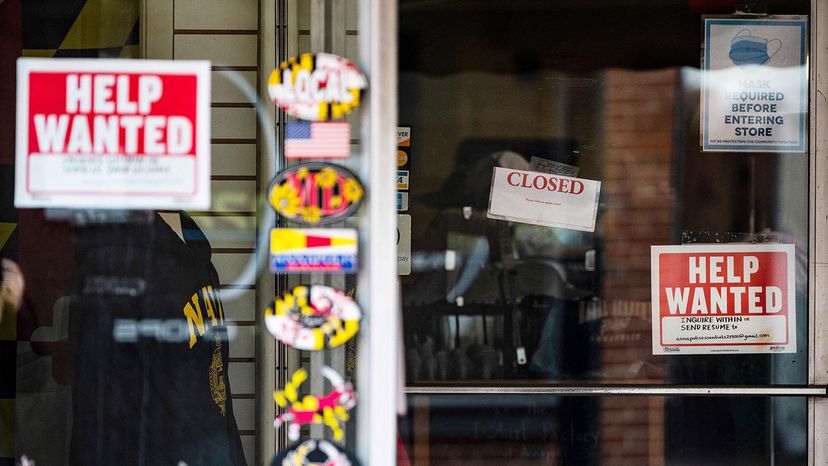How Is Inflation Measured?

This part of the story is kind of amazing. Since inflation is a measurement of the rise in the average price of all goods and services in the economy, somebody has to actually go out and collect all of that data. In the United States, that falls to the Bureau of Labor Statistics (BLS), and the result of this massive data collection effort is called the Consumer Price Index (CPI).
The CPI is based on the price of something called the CPI "market basket." Imagine a shopping basket that includes every item in more than 200 categories of consumer products or services under eight major groups: food, housing, apparel, transportation, medical care, recreation, education and communication and "other" [source: BLS]. That's the CPI market basket.
Advertisement
Every two years, the BLS interviews 24,000 American families on what they actually bought to determine the specific items to include in the market basket. Another 12,000 families keep diaries on their spending habits. Every month, the BLS employs teams of "economic assistants" to record the prices of 80,000 different items on store shelves [source: BLS].
Once the BLS has determined the price changes, it calculates the average overall increase and reports it as the CPI. The CPI is an index, not a dollar figure. The index is based on price levels set back in the early 1980s. Those baseline figures are set at CPI = 100. When the CPI reached 200 in April 2006, that signified a 100 percent increase in overall prices from the early 1980s. Usually the 100 percent would trigger a reset of the BLS base year, but as of 2021, it has not happened.
To calculate the annual rate of inflation for 2020, the BLS subtracted the average 2019 CPI (249.222) from the average 2020 CPI (252.248) and then divided that difference (3.026) by the average 2019 CPI to get a percentage increase of 1.2 percent [source: BLS].
The percentage of CPI increase is the number that is typically reported as inflation, but it's not the only measurement. The Fed prefers to focus on what it calls "core inflation," which is the CPI minus the more volatile categories of food and energy [source: Appelbaum]. The BLS also produces the Producer Price Index, which measures inflation earlier in the production cycle, and the Employment Cost Index, which measures inflation in the labor market.
Some economists and politicians ditch all of these indicators for their own inflation formulas, usually to prove a point about the brilliance or ineptitude of Fed monetary policy.